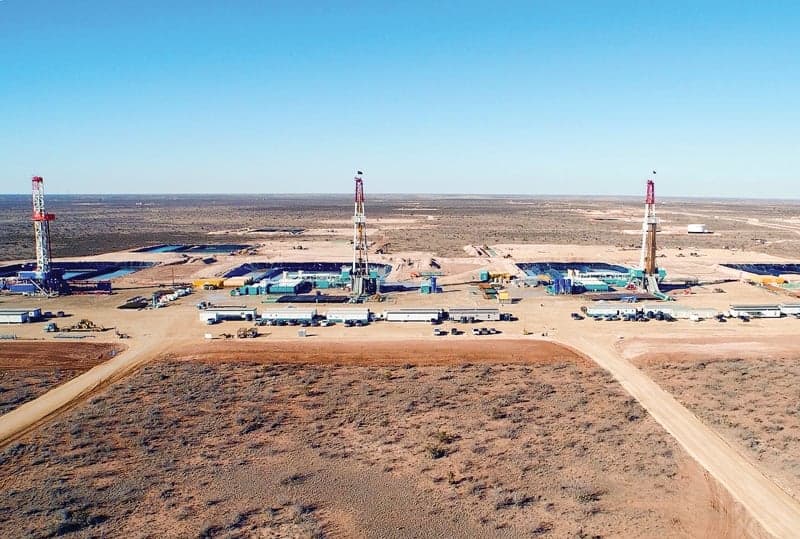The world's hottest oil field, the Permian Basin of West Texas and New Mexico, isn't without its risks.
Drillers are pumping billions of dollars into the Permian Basin region, plumbing reserves that rival Saudi Arabia's biggest field. And with production expected to almost double by 2022, the rewards are expected to be vast. But as costs rise and pipeline capacity fails to keep pace with production, the Permian can still pose a challenge.
Bloomberg has identified five potential pitfalls that should concern the industry:
Costs: With super majors like Exxon Mobil and Chevron coming late to the shale boom and now planning an aggressive production boost, competition for everything from frack crews to sand has skyrocketed. Truck drivers in the Permian can earn as much as $120,000 a year, according to Joseph Triepke of Infill Thinking, an oil and gas consultancy.
Gas: Drilling for oil in the Permian also yields a flood of natural gas, which should mean extra revenue. But without enough pipelines to get supplies to major markets, gas is becoming more of a hindrance than a help. Unable to burn or release gas due to environmental regulations, producers must sell to a small number of hubs, irrespective of the price. That can add to costs.
Drilling Intensity: With new wells being drilled at a ferocious rate all over the basin, there's a risk that the fractures created in the rock may start to interfere with one another, reducing pressure and ultimately investor returns. That's especially true with lateral wells reaching farther than ever into the Permian's horizontal layers.
Returns: Soaring production from US shale has so far failed to translate into soaring returns for shareholders. And the supply gains may not last. A key feature of shale is that output comes online in a short space of time -- months, as opposed to the years it takes to get a major offshore well flowing. While this means quicker cash returns, it also means producers have to keep investing capital in drilling new wells.
Land: The attractiveness of the Permian's reserves, multiple layers of oil-bearing rock, and relative ease of doing business has pushed the cost of land there to twice that of other US basins. Many companies have Permian assets that aren't contiguous, a problem when drilling laterally as far as three miles. Given high land prices, companies are negotiating deals to swap or share rights, which can be a slow process.
img: Encana Corp.

